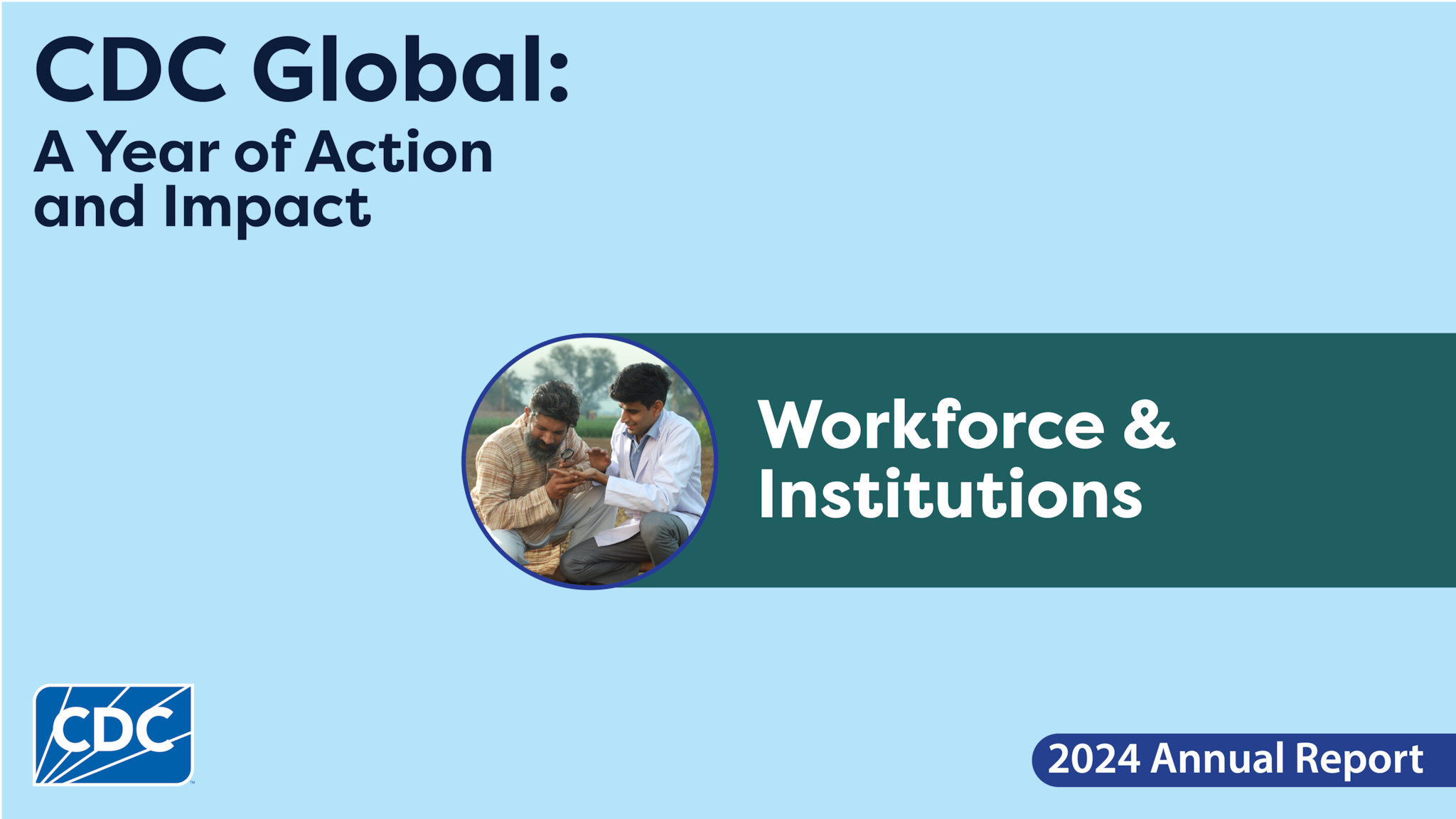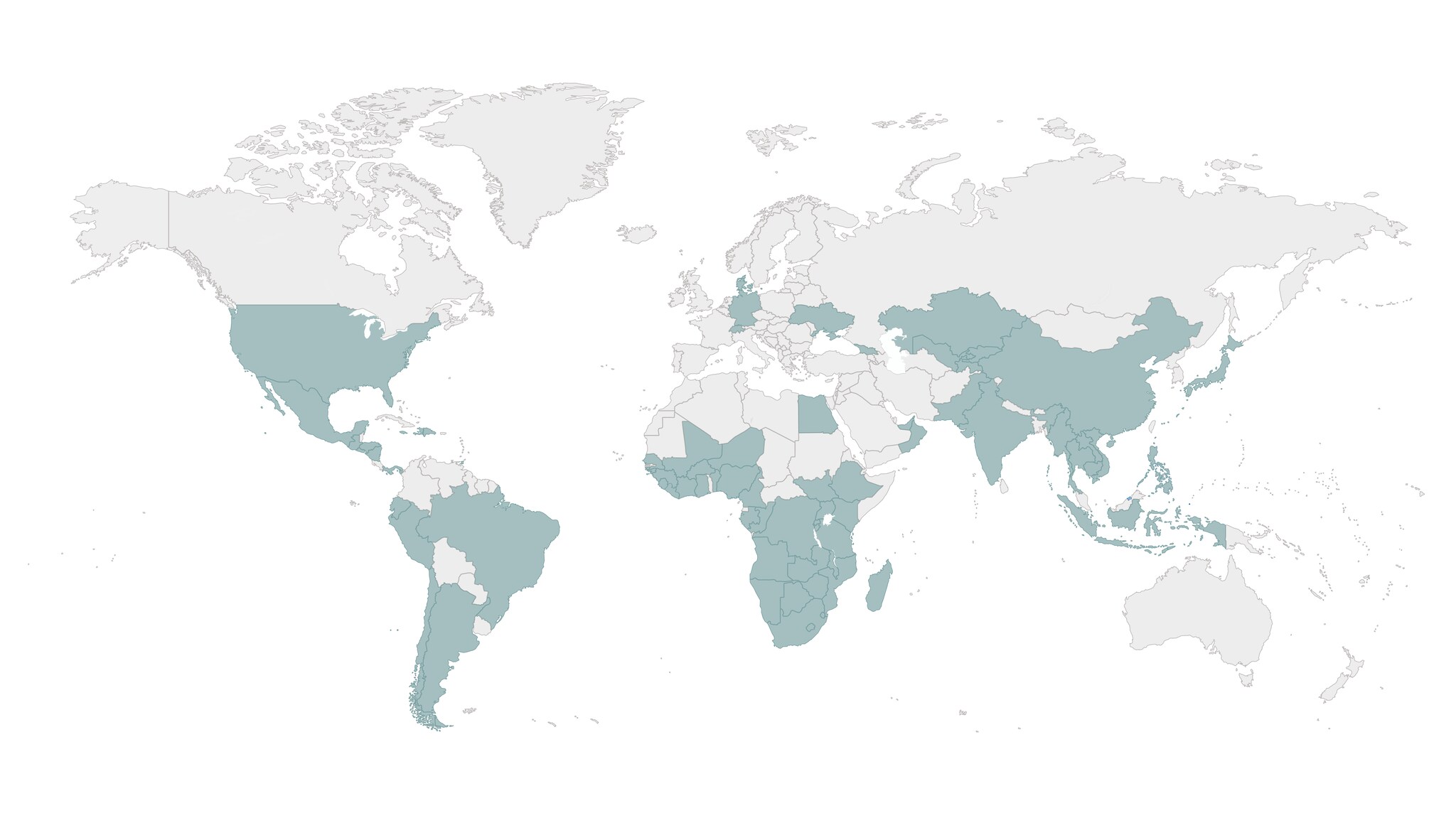At a glance
In 2024, CDC empowered a network of epidemiology, clinical, and laboratory professionals to tackle present and future threats.

Country and Regional Expertise
CDC broadens global knowledge and expertise through a network of country and regional offices and placement in international organizations. CDC subject matter experts from across the agency partner with country governments to build core capabilities in surveillance and data use, laboratory, workforce development, emergency preparedness, and outbreak response. CDC expertise and training advances global health security and strengthens public health systems across countries and regions.

Collaboration and diplomacy
In 2024, the Association of Southeast Asian Nations (ASEAN) launched the Public Health Emergency Management Emerging Leaders Program (PHEM ELP), based on CDC's PHEM Fellowship, which has trained 250+ emergency leaders from more than 60 countries.
This program has more than doubled the number of trained Public Health Emergency Operations Center (PHEOC) leaders in ASEAN countries. Given how critical it is to have a trained workforce for emergency response, partnering with ASEAN countries to build this capability positions the U.S. as a key partner in strengthening public health systems and emergency preparedness and response, while deepening collaboration and trust with and among ASEAN member states.
Skilled responders
When Uganda's Kasese district detected the country's first case of clade Ib mpox on July 15, CDC-supported Field Epidemiology Training Program (FETP) fellows from CDC's Uganda country office immediately deployed for case investigation and contact tracing, identified transmission links, and educated healthcare workers and the public. FETP investigations identified a major trend in the community: fishermen and commercial sex workers were experiencing higher rates of transmission. CDC and the Ministry of Health used this new insight to target resources for mpox detection and response.
One Health
Stopping diseases that spread between animals and people (zoonotic diseases) requires both strong core capabilities and the One Health approach, which recognizes that the health of humans, domestic and wild animals, plants, and the wider environment (including ecosystems) are closely linked and interdependent.
CDC collaborated with India's national public health institute to strengthen core workforce and laboratory capabilities for zoonotic diseases like Nipah virus and anthrax, including building diagnostic capacity at 32 sentinel surveillance sites and launching a new One Health FETP Frontline program – an innovative 3-month program that prepares epidemiologists with the skills to contain outbreaks impacting both humans and animals.